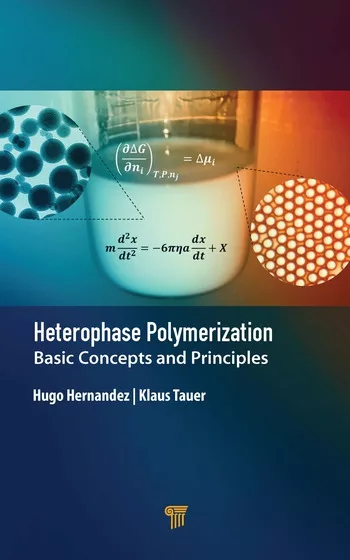Ask Dr. Dave
Adhesive and sealant troubleshooting tips from Dr. Dave Dunn.
Question: Do you know of any publications that address the effects of moisture and alkali on polyurethane adhesive used as part of roofing systems on concrete sub-surfaces? Are there any guides that discuss acceptable moisture and alkali pH levels?
Answer: Polyurethanes are known for their excellent adhesion, flexibility, high cohesive strength, low-temperature performance and fast curing. However, most adhesives used in this particular application are one-part, moisture-cured adhesives, and there are certain precautions you should take.
I am not aware of any truly objective publications that address this issue, but personal experience suggests that making sure the concrete is in the right condition and choosing a well-formulated adhesive are two keys to success. It makes a difference if you are bonding to fresh or old concrete. Most polyurethane adhesive manufacturers will recommend that you bond to fresh concrete that has cured for a minimum of 28 days; presumably, this is to ensure that the concrete has completely cured and dried. However, complete dryness can never be assured, particularly if you are bonding to old concrete.
To get maximum adhesion to a damp surface, you need to work with your adhesive supplier to ensure that you get a product that cures slowly enough to allow the adhesive to wet the surface, but fast enough that moisture on the surface will not cause foaming of the adhesive and affect its physical properties. Alkalinity should not be a problem for most adhesives.
Question: I am using an RTV silicone to seal electrical switches from moisture, but I seem to be getting some failures due to silicone creeping or condensing on the contacts. Is silicone the right product for this application?
Answer: I have addressed similar problems in previous issues of ASI, and I certainly think that a silicone is the best sealant for this type of application. Your problem is likely caused by your use of a silicone that contains a small amount of volatile contaminants that can condense on the metal surfaces. These materials, called cyclic siloxanes, are normal byproducts of silicone manufacturing and do not cause problems in most applications. In the early days of using oxygen sensors in auto exhaust manifolds, these volatile silicones were a major source of failures until the problem was identified. You should ask your supplier for an electronic-grade or "low-volatile" silicone in which these contaminants have been stripped out.
Question: Do you know of any publications that address the effects of moisture and alkali on polyurethane adhesive used as part of roofing systems on concrete sub-surfaces? Are there any guides that discuss acceptable moisture and alkali pH levels?
Answer: Polyurethanes are known for their excellent adhesion, flexibility, high cohesive strength, low-temperature performance and fast curing. However, most adhesives used in this particular application are one-part, moisture-cured adhesives, and there are certain precautions you should take.
I am not aware of any truly objective publications that address this issue, but personal experience suggests that making sure the concrete is in the right condition and choosing a well-formulated adhesive are two keys to success. It makes a difference if you are bonding to fresh or old concrete. Most polyurethane adhesive manufacturers will recommend that you bond to fresh concrete that has cured for a minimum of 28 days; presumably, this is to ensure that the concrete has completely cured and dried. However, complete dryness can never be assured, particularly if you are bonding to old concrete.
To get maximum adhesion to a damp surface, you need to work with your adhesive supplier to ensure that you get a product that cures slowly enough to allow the adhesive to wet the surface, but fast enough that moisture on the surface will not cause foaming of the adhesive and affect its physical properties. Alkalinity should not be a problem for most adhesives.
Question: I am using an RTV silicone to seal electrical switches from moisture, but I seem to be getting some failures due to silicone creeping or condensing on the contacts. Is silicone the right product for this application?
Answer: I have addressed similar problems in previous issues of ASI, and I certainly think that a silicone is the best sealant for this type of application. Your problem is likely caused by your use of a silicone that contains a small amount of volatile contaminants that can condense on the metal surfaces. These materials, called cyclic siloxanes, are normal byproducts of silicone manufacturing and do not cause problems in most applications. In the early days of using oxygen sensors in auto exhaust manifolds, these volatile silicones were a major source of failures until the problem was identified. You should ask your supplier for an electronic-grade or "low-volatile" silicone in which these contaminants have been stripped out.
Links
Looking for a reprint of this article?
From high-res PDFs to custom plaques, order your copy today!






